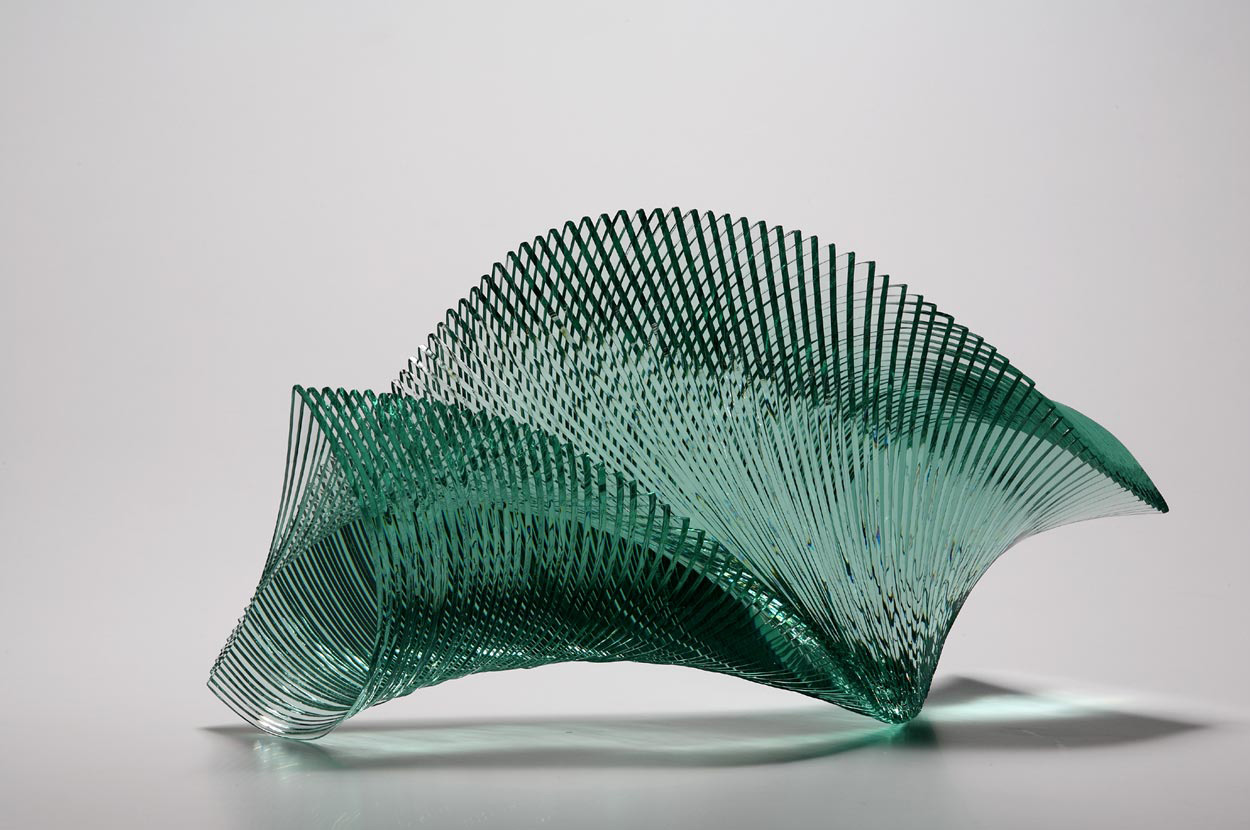

The Allure of Gray Reflective Glass
In the realm of modern architecture and interior design, materials play a pivotal role in shaping aesthetics and functionality. Among these, gray reflective glass has emerged as a popular choice, captivating designers and architects with its unique properties and elegant appearance. This article explores the benefits, applications, and aesthetic appeal of gray reflective glass, highlighting why it has become a favored material in contemporary design.
Gray reflective glass, as its name suggests, features a gray tint and a reflective surface that effectively mirrors the surroundings. This glass type enhances privacy while allowing natural light to permeate spaces. Its reflective quality minimizes glare and direct sunlight, making it an ideal choice for urban environments where sunlight can be overwhelming. Building facades adorned with gray reflective glass can create a striking visual impact while promoting energy efficiency by reducing the need for artificial lighting during the day.
One of the most significant advantages of gray reflective glass is its versatility. It can be seamlessly integrated into various design styles, from sleek, modern structures to more traditional settings. The subtle gray hue offers a refined alternative to clear glass, providing a contemporary feel without being overly bold. Architects often use this glass in large windows, curtain walls, and glass railings, where the reflective surface contributes to a sleek and polished look.

In addition to its aesthetic benefits, gray reflective glass excels in performance aspects. It serves as a barrier against undesirable external elements, including noise and UV rays. The reflective coating reduces heat absorption, helping to maintain comfortable indoor temperatures. This characteristic not only increases the energy efficiency of buildings but also contributes to a more sustainable approach in construction. As sustainability continues to be a critical focus in design, gray reflective glass stands out as an eco-friendly choice that aligns with contemporary environmental standards.
Moreover, gray reflective glass finds applications beyond architecture. In interior design, it is frequently utilized for mirrors, partition walls, and decorative accents. The glass can enhance the sense of space in smaller interiors, reflecting light and making rooms appear larger and more open. Its low-maintenance surface offers practicality, as it resists fingerprints and smudges, simplifying cleaning and upkeep.
As the trend towards minimalism and modernism continues to evolve in design, gray reflective glass remains a favored material for its blend of beauty and utility. Its ability to harmonize with diverse color palettes and materials makes it an ideal choice for both commercial and residential projects. From towering skyscrapers to cozy homes, the presence of this sophisticated glass type elevates the overall architectural narrative.
In conclusion, gray reflective glass has cemented its place in the world of design, offering a unique combination of functionality, energy efficiency, and aesthetic charm. Its flexibility in application and performance capabilities make it a compelling choice for contemporary architects and designers seeking to create timeless, visually stunning environments. As innovation in materials continues to flourish, gray reflective glass stands as a testament to modern design's evolving landscape.